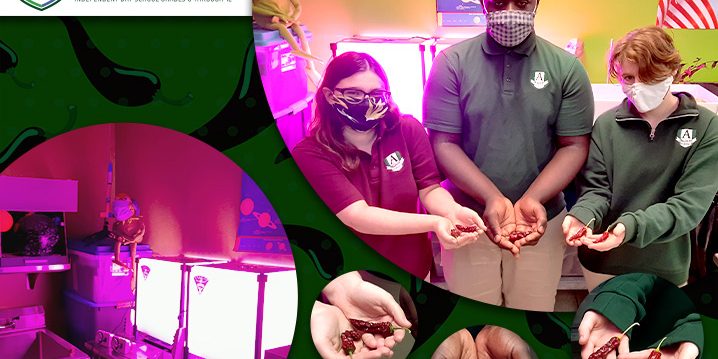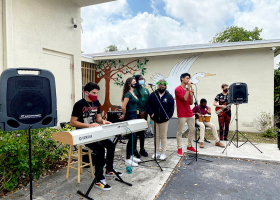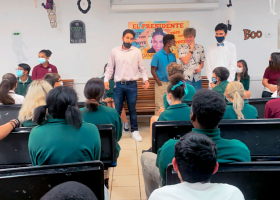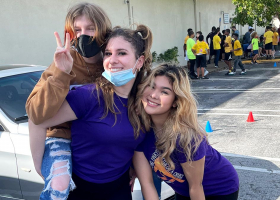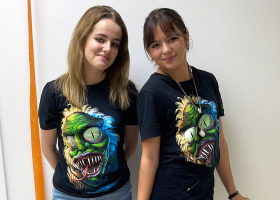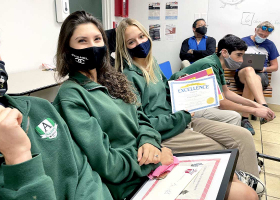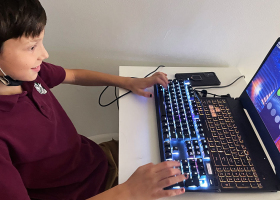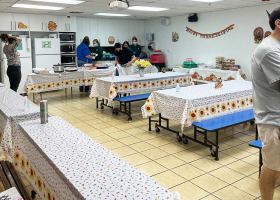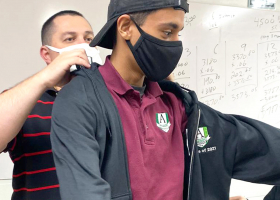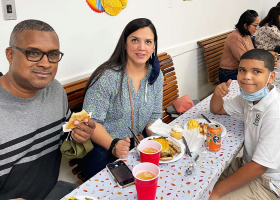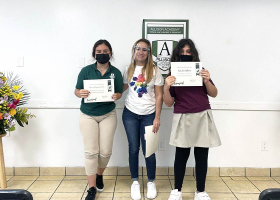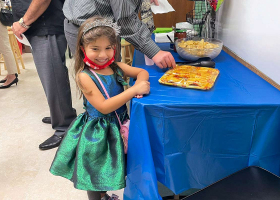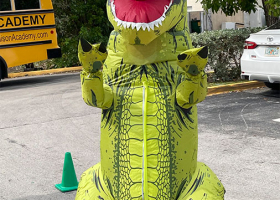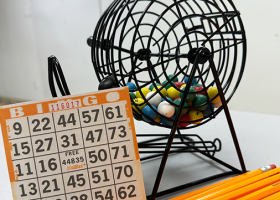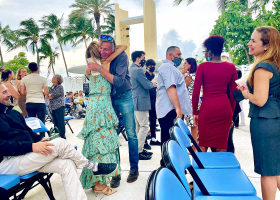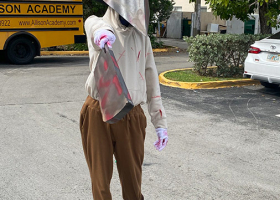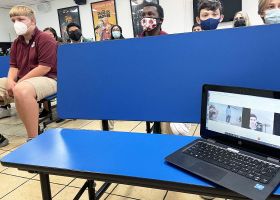For about a decade now, Allison Academy has been taking part in what is known as the “Fairchild Challenge” which is an environmentally based educational program that allows students to express their various talents, from music, dance, even visual arts – whatever it may be. Recently, Fairchild teamed up with NASA’s Kennedy Space Center, who gave them a million-dollar grant, to help further their research on what plants grow best in space – especially on the international space station.
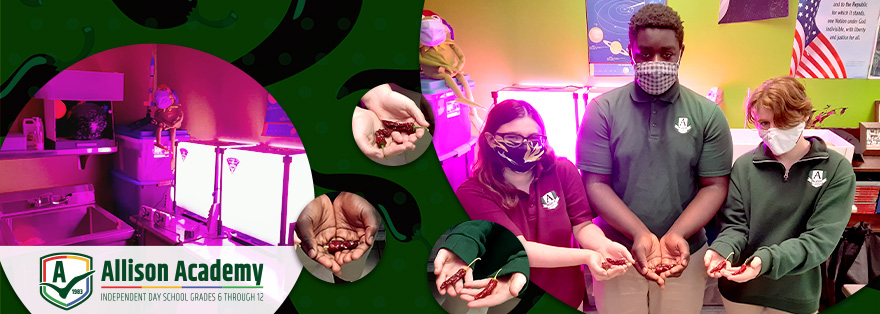
Due to zero gravity on Mars, food becomes difficult to taste, so the hopes are that from this research we can find foods to take to Mars. What food has robust flavor and high vitamin content? These are characteristics that Mr. Gilfoy has made a priority during his search for foods to grow over the past 5 years. This year, he has decided upon the Fidel Martinez Chamayo (the scientific name being capsicum annuum) aka New Mexican Chiles!
Interesting science opportunities for students
Each student was given the opportunity to grow one capsicum annuum plant at home, with the question being: Could artificial pollination be enough for pepper plants to produce fruit for peppers? The dependent variable in this experiment was how they were pollinated, with the three ways being: pollination with a cotton swab, pollination without, and some outside for natural pollination.
In conclusion, the students all had great success with their chile growing. They have currently finished the drying of these chiles, which will soon be mailed to the University of New Mexico so that they can be analyzed by a professor and his graduates for their capsaicin content, which is the chemical in chiles that makes them spicy. These students have not only contributed to research that will get us to Mars one day, but are engaging in research done by graduate students already in college!


